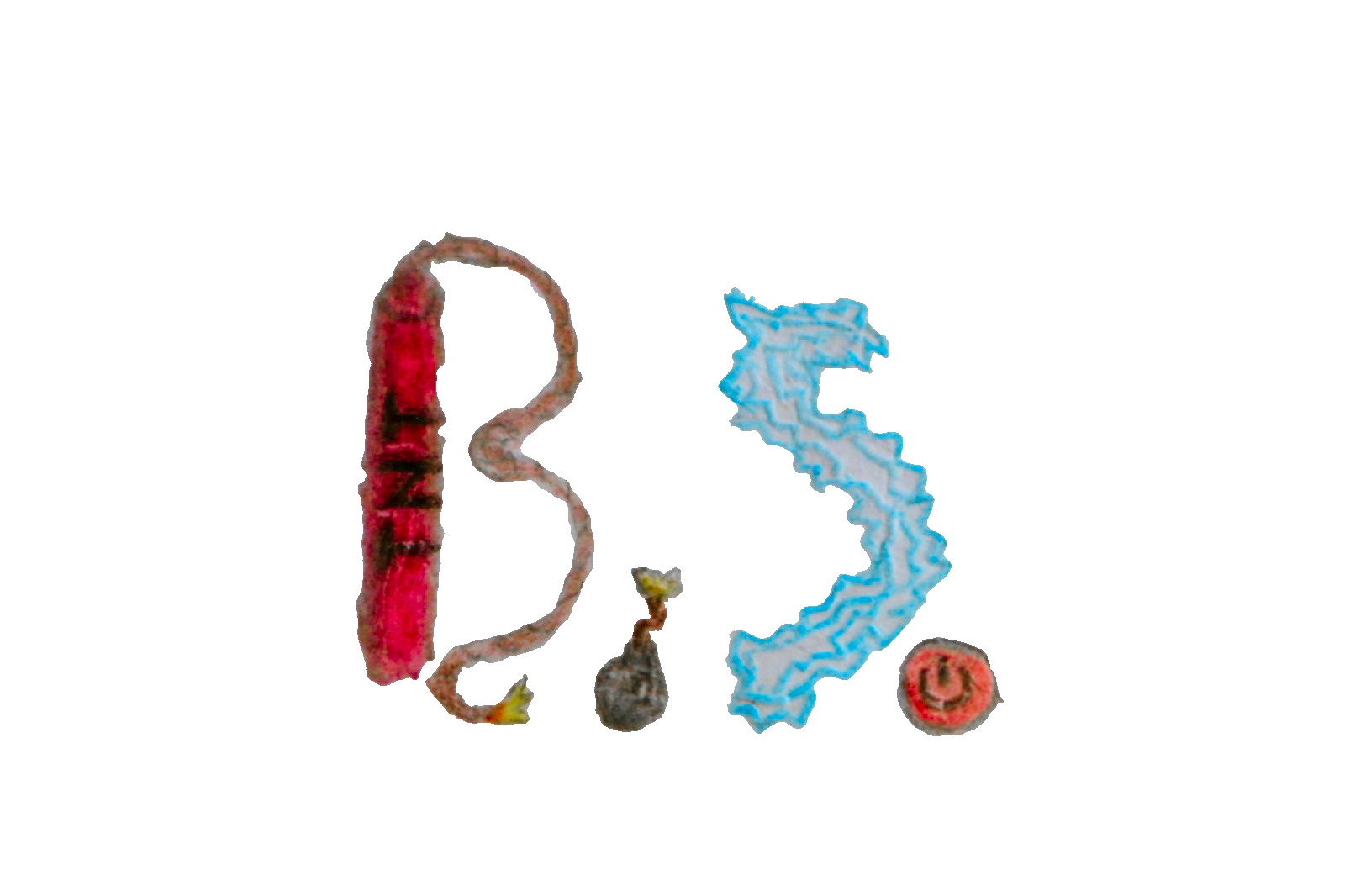I am shocked by this - the quote in below is very concerning:
“However, in 2024, the situation changed: balenaEtcher started sharing the file name of the image and the model of the USB stick with the Balena company and possibly with third parties.”
Can’t see myself using this software anymore…
i still had issues using 150MB electron based bloated and heavy software instead of rufus, not that it worked for me anyway
I only tried to use it once, and same. 150MB of a Web app to copy an ISO? I think I was using a Macbook to flash it and decided to use ventoy instead, with my PC.
I understand that it needed a GUI, but 150 megs?? When :
~ ❯ ll `which dd` -rwxr-xr-x 1 root root 63K Sep 29 16:36 /usr/bin/dd* ~ ❯
Why use a fancy GUI tool when good old
dddoes the trickpvfor life.dd status=progresscan also tell you how far along the operation is.Dang, nice! I’ve been using dd for nearly 30 years and have never seen that. I actually used to used dcfldd because it had better progress reporting than dd (and supported repeated patterns for input). Thanks for sharing!
cat is the tool of distinguished gentlemen
cp command works well too
Because of the risk of accidentally wiping the main drive if you’re just copy pasting stuff
If that happens to you, that’s both a great reminder that mindlessly copy-pasting commands from the internet is a terrible idea, and a chance to practice your restore-from-backup routine! I see no downsides.
for Windows
Happy user of Ventoy here
Completely aside from the blob issue mentioned, the Tails team has recommended against using a multiboot utility like Ventoy to install Tails. Ventoy works fine for basically any other operating system (again, aside from the blob issue), just not Tails, which is what this post is about.
Last I heard it was also suspect: Ventoy source code contains some unknown BLOBs, still no word on the issue from the dev after months
deleted by creator
That’s… Interesting. I’ve been using Ventoy professionally for like… 2-3 years now and I’ve not once had an issue with daily use. Unironically like 2500-3000 uses without issue.
This has been my experience as well. Some people love it, but I’m not gonna rely on it for critical backup or recovery tools (also, there’s that whole binary blob thing, besides).
I have had no complaints about it, but with that said, I absolutely would not use it for any vital backup your recovery tools.
It was fantastic however, to use to load up with handfuls of different live distro ISOs to play around with.
Good luck with the binary blob!
I thought the binary blob thing was explained?
Basically UEFI booting requires shims and those need to be signed so the Ventoy author is re-using the ones from Fedora and OpenSUSE. This can be verified by comparing hashes, which the author of that comment shows how to do.
This whole thing seems to come down to people freaking the F out because they don’t understand how the software works and the Author of the software is currently PO’d off at the community and stopped answering questions.
The price of doing business with UEFI. There are ways around it but it works so fucking smooth. I’m down with it.
For some more context:
https://lemmy.one/post/19193506
💀💀 seems like dd commands and gnome’s MultiWriter might be the only ways to flash stuff on linux
Fedora Writer is another one (also works on Windows and maybe Mac), and there’s also GLIM for multiboot, similar to Ventoy.
There’s also Popsicle which is made by the folks over at System76.
Gonna look into GLIM, thanks
The linked article recommends Raspberry Pi Imager for writing Tails from macOS, and that is also available on Linux and Windows.
https://www.raspberrypi.com/software/
Though the site only shows how to install on Ubuntu, the GitHub repo for the tool does have an AppImage that should work on any distro.
Ahh too bad because balenaEtcher just werks for me.
If you actually read the post, you would have known, it does work, but there are some privacy concerns with it:
“However, in 2024, the situation changed: balenaEtcher started sharing the file name of the image and the model of the USB stick with the Balena company and possibly with third parties.”
Glad I saw this. I downloaded the tool on recommendation from a forum post when I was reviving my homelab. I’ll nuke it for sure.
…and that’s how I met your
motherfork♬ Hello
ddmy old friend
I’ve comesudowith you again ♬ 0·8 months ago
0·8 months agoHello cat or cp or pv… Or anything else that works with files
Huh this is news to me. Wonder why dd has been the defacto standard in guides everywhere for the past 15-20+ years
… and the sign said the bytes of the distro are written to the SD card …. if they’re un-tar’d …
Doesn’t the official guide recommend using GNOME Disk Utility anyway?
Generally Ventoy is better than both. Choose a dedicated flash storage, flash Ventoy to it, then click and drag as many ISO’s as can fit on your drive and you can boot from any one of them at any time.
Much better than Etcher or Rufus, IMO.
Who tf is downvoting? Ventoy is the best
deleted by creator
From literally the same thread: https://lemm.ee/comment/14867214
i still don’t understand why anyone would use etcher. it’s an electron wrapper over
dd. it’s 80MB where rufus is 1.5. when it appeared there were already other programs that did its job better.I like clicking buttons that have a text on them saying what they do instead of trying to memorize a gajillion terminal commands and flags where I have to enter more commands and flags to see what they do.
use rufus.
deleted by creator
plus it’s some some sanity checks like not showing you your system drives. Or warning you when the drive you are about to nuke is suspiciously large and maybe not the usb drive you actually want to use.
This is basically the main feature. Stopping you from fatfingering the wrong drive
I’ve typically used Etcher when I have to write an ISO on Windows
use rufus.
Rufus seems to be just for Windows and dd does not have a gui
that’s correct. on windows, rufus is a better tool, and on linux or mac it’s just a built-in command with a manual packed in.
also, ubuntu ships with startup image creator, and gnome disks ships as a flatpak, if those are more your speed.
Thanks for the info, I’m on linux mint and after checking these out it isn’t immediately apparent from their websites whether or how I could install them. Still think etcher occupies a niche that alternatives don’t fill, its website directs you straight to installing it, it’s cross platform, and using it is very easy, so it’s something that could reasonably be linked to in various install tutorials.
I used it because that’s what the instructions on the Linux Mint website for creating a bootable USB stick from Windows say to do.
I have no clue what “electron wrapper”, “dd”, or “rufus” are. I’m trying to learn more, but can’t learn it all in one day.
weird that the installation guide is hosted on a separate website that hasn’t been updated in eight years. that’s irresponsible of them. anyway rufus is a better version of etcher that you can download for windows.
ddSudo dd if=tails.iso of=/dev/sdb
for Windows?
Install wsl lol.
Install WSL
Oh, sorry. I didn’t realize you were on Windows. That’s a Linux command. I haven’t used Windows very much since about 2018, so I don’t even consider Windows anymore unless it’s brought up.
Rufus.
And who cares if there’s spyware on windows, you’re already using windows so there is, it’s windows. At that point you may as well just use etcher, but I’d use Rufus anyway because let’s be real it’s just better. The only reason not to use Rufus is because it’s windows exclusive, but if you’re using windows that probably doesn’t bother you, so…
In my early days of Linux, I royally fucked up a USB thumb drive (back when they were expensive) using
ddand as a result do not trust myself with it.I would use Hannah Montana Linux if it was the only GUI option to burn a USB ISO.
Weird. I can’t even tell you how many times I’ve used that command. But it’s probably been several thousand. And I’ve never screwed up a flash drive that way.
There has been once or twice where I’ve pulled the flash drive out too quickly after it finished writing and it actually hadn’t finished writing and had to redo it, but other than that, I’ve not actually screwed up any drives beyond repair or anything.
bash: Sudo: command not found
Sudontplease :P
Ah, a
doasuser, I see!Or working on a case sensitive system
Lol, nice one
I’ve been avoiding it ever since the Balena moniker change.
I remember a while back, years before this surfaced, there was a thread on /g/ with a group photo of Balena’s employees and a caption like “why does it take so many people to develop an electron wrapper around dd”. Obviously it was low effort engagement bait (balena does much more than etcher), but the comments were full of people calling the company a glowie honeypot and the like. Moral of the story: Trust the schizos, they sense spyware form lightyears away.
what is a good one to use, is there something like rufus on linux
deleted by creator
Can always use dd but I always go stupid when I need to set boot flags and all that crap, which is so much easier with etcher. I think I’ve done dd with gparted in the past.
i’ve never needed to set a single flag with dd. i just do
if=the_iso of=the_disk. what flags?Don’t you need to mark usb disks as bootable if you want to boot from them to install Linux or whatever
that’s not something i’ve ever had to do, i’ve only done that for hard drives.
i think it depends on the image you get - for archlinux you can simply cat (or dd) the file onto a usb stick and it works perfectly fine, bootable. but i think i have seen an image at some point where it didn’t work, but i don’t recall what it was.
does gparted set the correct flags too, can it also do windows
i just want a dumb ui i can dumbly drag the iso file to and it takes care of everything for me.
https://circle.gnome.org? Never tried their ISO software, I just use dd.























